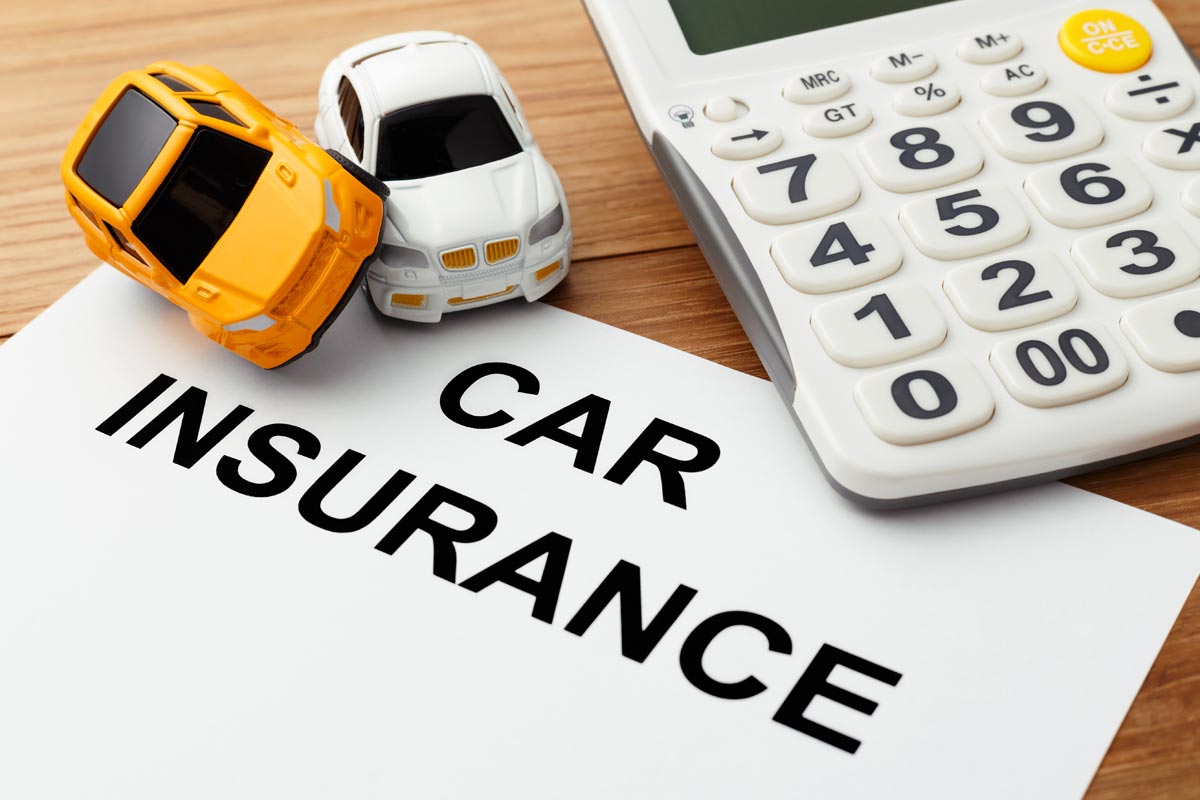Auto insurance is a necessity for any responsible driver, providing financial protection against unexpected events on the road. From covering damage to your vehicle to protecting you from liability claims, understanding the ins and outs of auto insurance is crucial for peace of mind.
This comprehensive guide delves into the various types of coverage, factors affecting premiums, and strategies for choosing the right policy. We’ll explore deductibles, coverage limits, and the claims process, empowering you to navigate the complexities of auto insurance with confidence.
Emerging Trends in Auto Insurance

The auto insurance industry is constantly evolving, driven by technological advancements, changing consumer behavior, and the increasing need for personalized solutions. Emerging trends are reshaping the way insurance is purchased, priced, and managed. This includes the adoption of usage-based insurance, telematics, and data-driven risk assessment.
Usage-Based Insurance (UBI), Auto insurance
Usage-based insurance programs utilize telematics devices or smartphone apps to track driving behavior and adjust premiums based on actual driving habits. These programs offer the potential for significant cost savings for safe drivers, while incentivizing safer driving practices.
- How UBI Works: UBI programs typically monitor driving data such as miles driven, time of day, speed, acceleration, and braking. This data is then used to create a personalized risk profile for each driver, influencing their premium.
- Potential Impact on Consumers: UBI programs can benefit drivers who are safe and responsible behind the wheel. By driving less, avoiding risky driving habits, and maintaining a consistent driving pattern, they can potentially qualify for lower premiums.
- Advantages of UBI:
- Cost Savings: Safe drivers can potentially realize significant savings on their premiums.
- Incentive for Safe Driving: UBI programs encourage drivers to adopt safer driving practices, leading to reduced accidents and improved road safety.
- Personalized Premiums: Premiums are based on individual driving habits, providing a more equitable and personalized pricing structure.
- Disadvantages of UBI:
- Privacy Concerns: Data collected through telematics devices raises concerns about privacy and the potential for misuse.
- Potential for Discrimination: There are concerns that UBI programs could discriminate against certain groups of drivers, such as those with limited access to technology or those who live in areas with high traffic density.
- Technical Issues: Technical malfunctions or data errors can lead to inaccurate premium calculations.
Telematics
Telematics refers to the use of technology to collect and analyze data from vehicles, including driving behavior, vehicle location, and vehicle health. This data can be used for a variety of purposes, including insurance pricing, risk assessment, and vehicle maintenance.
- How Telematics Works: Telematics devices are typically installed in vehicles or integrated into smartphones. They collect data on driving habits, vehicle location, and other factors, which is then transmitted to a central server for analysis.
- Potential Impact on Consumers: Telematics can provide consumers with valuable insights into their driving behavior, helping them to identify areas for improvement and potentially reduce their insurance premiums.
- Advantages of Telematics:
- Enhanced Safety: Telematics devices can provide real-time alerts for potential hazards, such as lane departure warnings and collision avoidance systems.
- Improved Vehicle Maintenance: Telematics data can be used to monitor vehicle health and predict potential maintenance needs, reducing the risk of breakdowns and costly repairs.
- Reduced Insurance Premiums: Safe drivers can potentially qualify for lower premiums based on their driving behavior data.
- Disadvantages of Telematics:
- Privacy Concerns: The collection and analysis of driving data raise concerns about privacy and the potential for misuse.
- Cost: Installing and maintaining telematics devices can be expensive.
- Technical Issues: Technical malfunctions or data errors can lead to inaccurate information and potential problems with insurance coverage.
Final Summary
As you navigate the world of auto insurance, remember that knowledge is power. By understanding the different aspects of coverage, factors influencing premiums, and the claims process, you can make informed decisions that protect your finances and ensure a smooth driving experience.
Auto insurance is a crucial aspect of responsible driving, providing financial protection in case of accidents. Just as you need to ensure your car is properly insured, you might also need to ensure your home entertainment system is functional. If you’re struggling with a new universal remote, consider learning how to program a Philips universal remote.
Once you’ve got your entertainment sorted, you can focus on the important things, like ensuring your auto insurance policy covers all your needs.